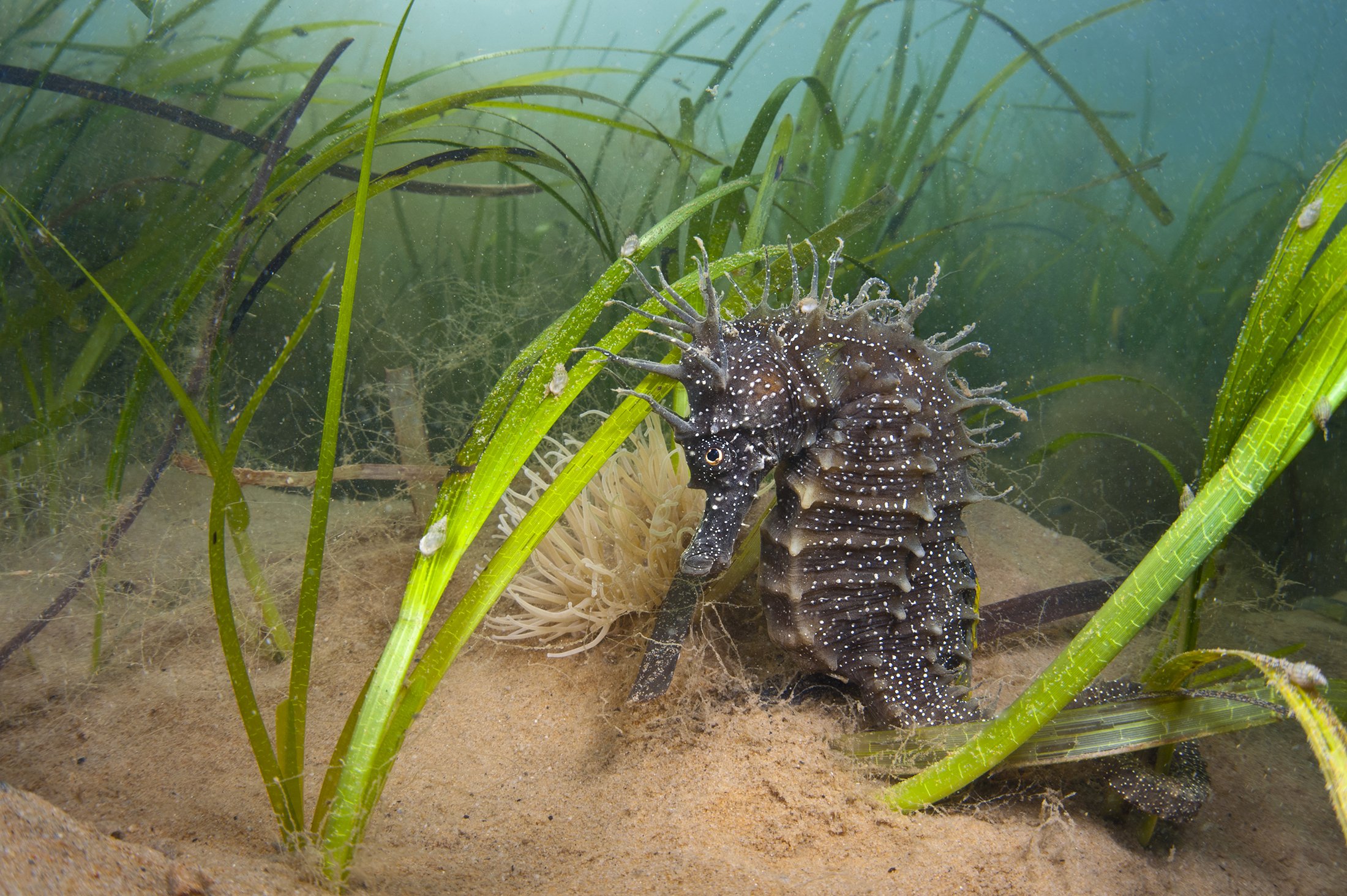Dorset Wildlife Trust (DWT) is delighted to learn that all 41 of the proposed Marine Conservation Zones (MCZ’s) in England, have been designated. This includes six sites in Dorset. MCZs are marine nature reserves which contain a range of our most important species and habitats.
The sites are: Albert Field; Purbeck Coast; South of Portland; Southbourne Rough; Studland Bay and West of Wight-Barfleur. These cover a wide range of underwater habitats, from deep, tide-swept rocky cliffs to sheltered seagrass meadows.
This good news comes after many years of campaigning by The Wildlife Trusts and others to get support for the designation of MCZs across England. In 2013, three were designated in Dorset: Chesil Beach & Stennis Ledges, South Dorset and Poole Rocks.
Designation of these sites will allow the important features of each site to recover from damaging activities, such as trawling and dredging. The resulting protection of these sites that designation should lead to will allow marine wildlife such as black bream, spiny seahorses and peacock’s tail seaweed to thrive in Dorset and create a ‘blue-belt’ of protected places for marine wildlife in Dorset, and England.
DWT Chief Executive, Dr Simon Cripps said, “Today’s announcement is a fantastic win for both marine conservation and all those who earn a living from the sea as it is an important step to help restore the health and productivity of our seas. In particular we are delighted that Studland Bay has been designated as part of a network of protection as we have for many years led the push for its inclusion into the network. If properly managed these MCZs will help protect marine life and livelihoods for years to come.”
Studland Bay, with its seagrass meadow, is home to both species of native seahorses, all five species of pipefish and is a nursery area for a number of commercial finfish such as pollack, black bream and bass. South of Portland includes the Portland Deep – recognised as a nationally important geological feature and arguably Dorset’s most dramatic underwater landscape.
For more information visit: www.wildlifetrusts.org/marine-protected-areas-england-2 .
Watch a video about Poole Rocks MCZ here.












